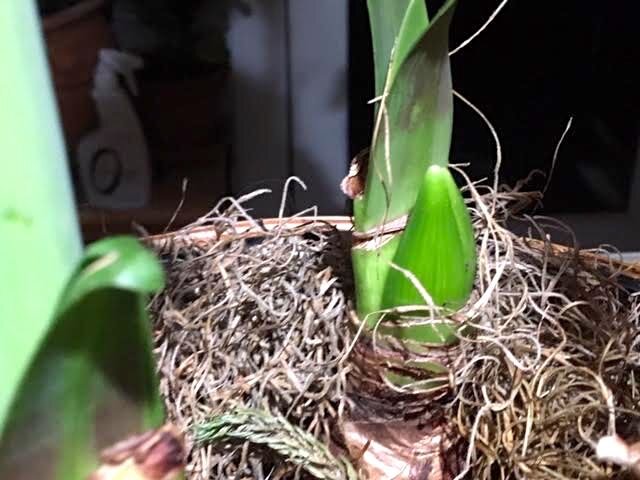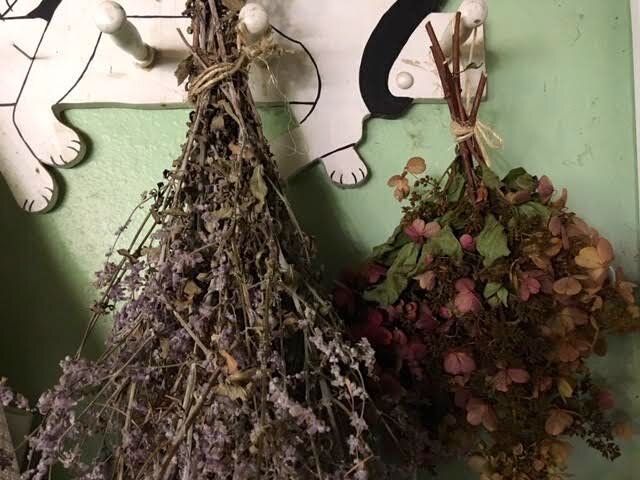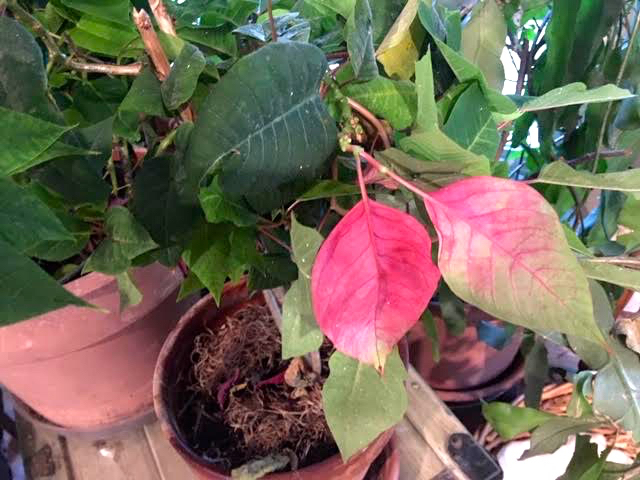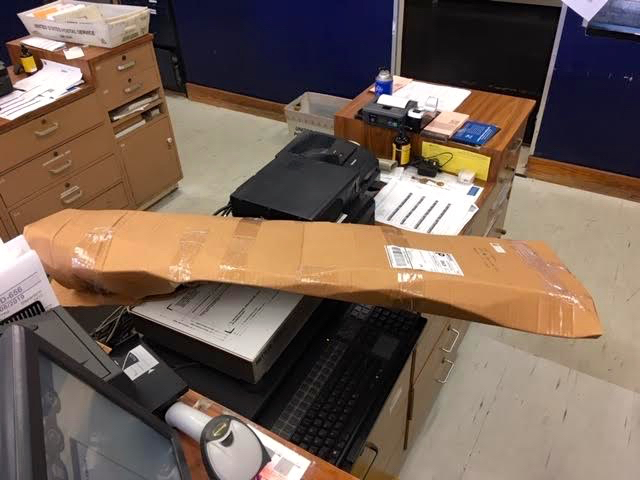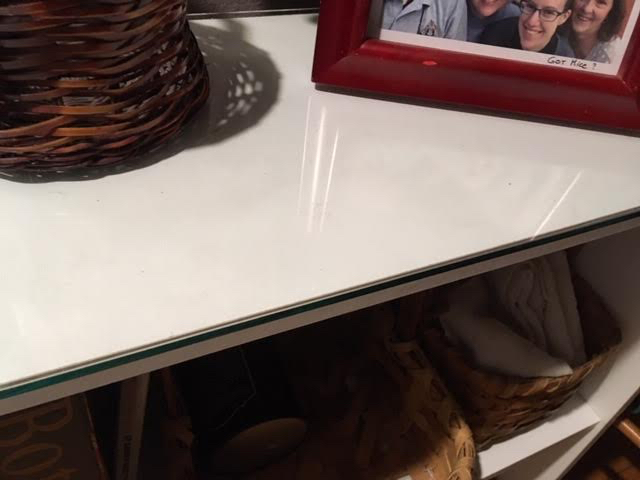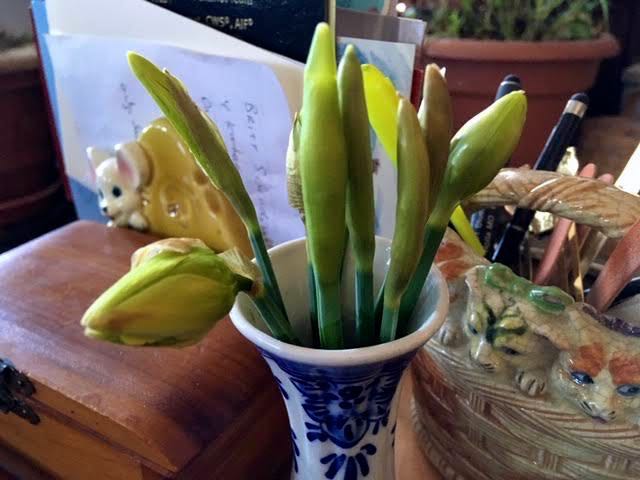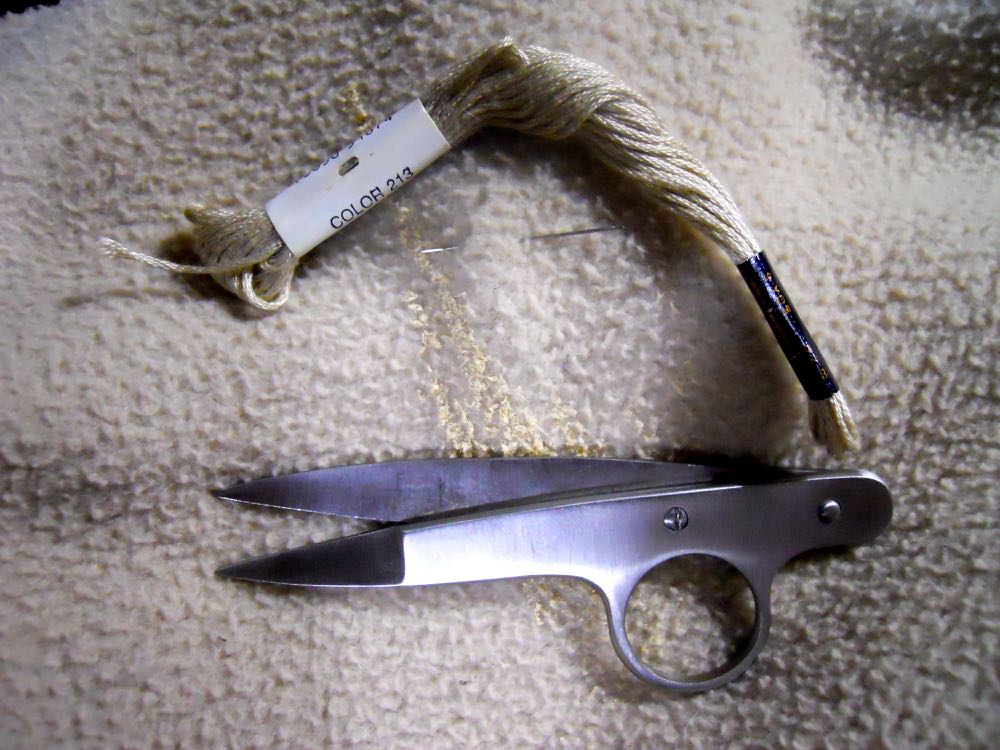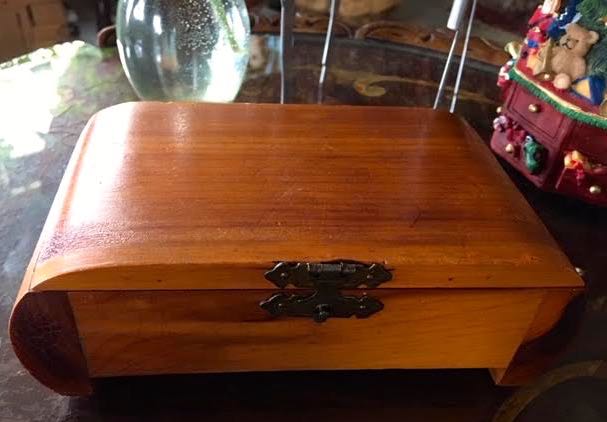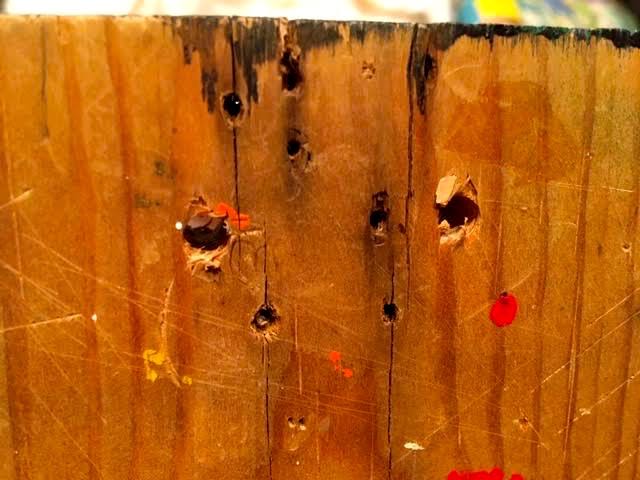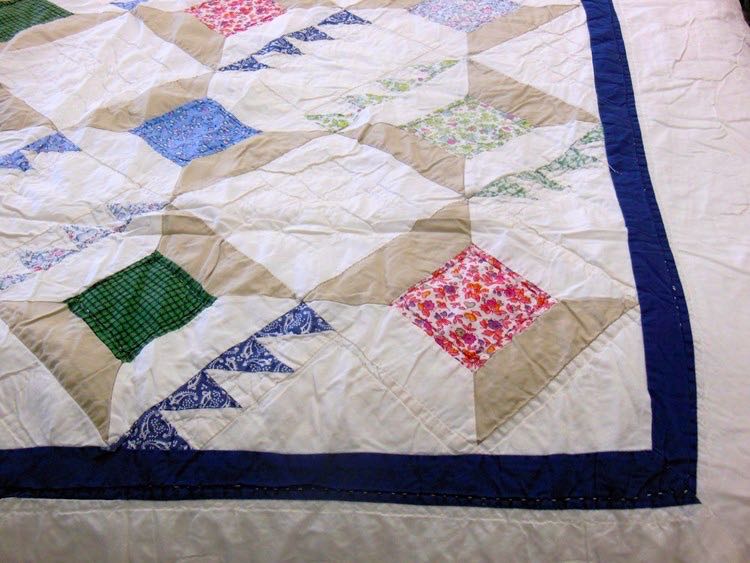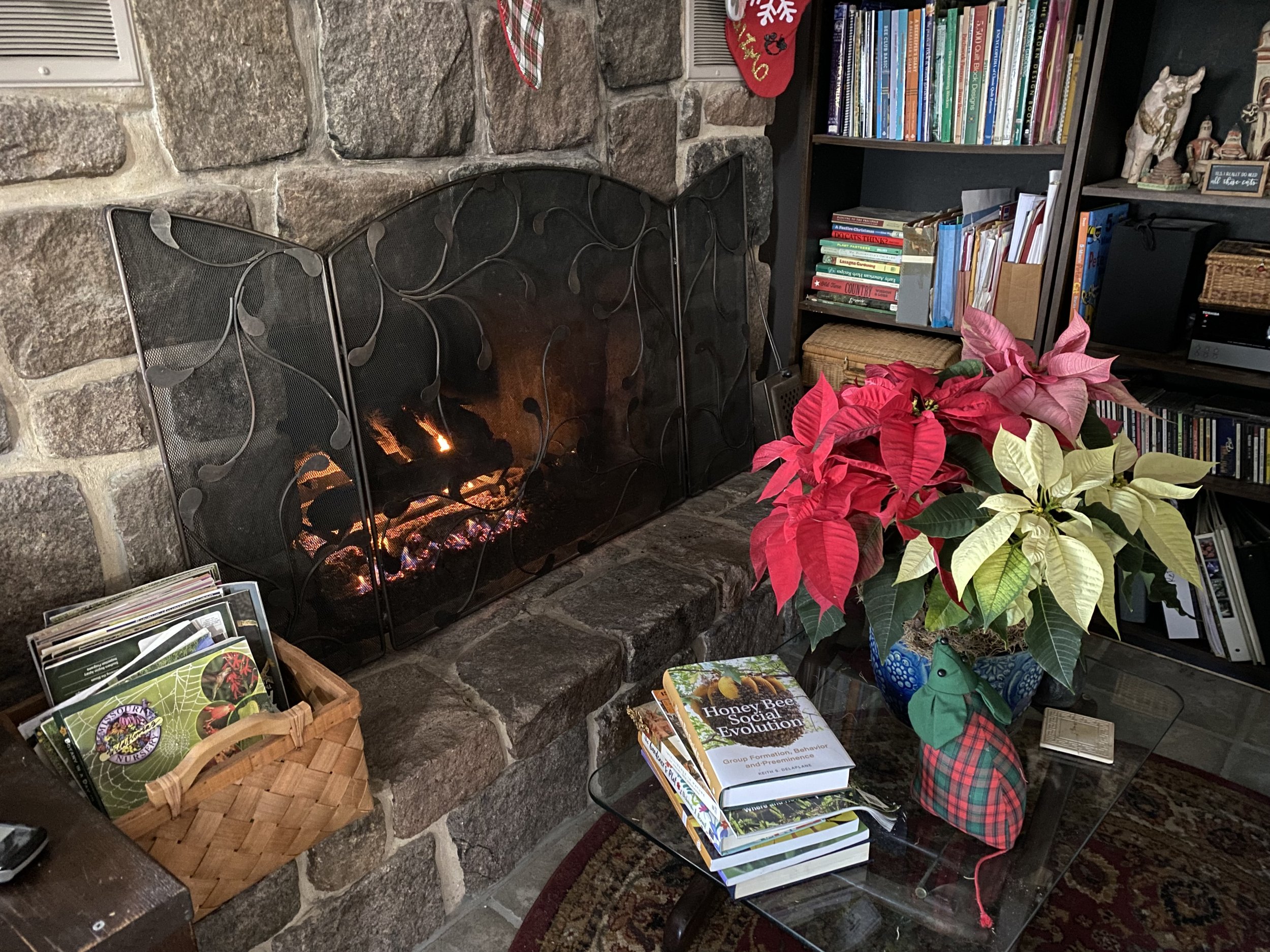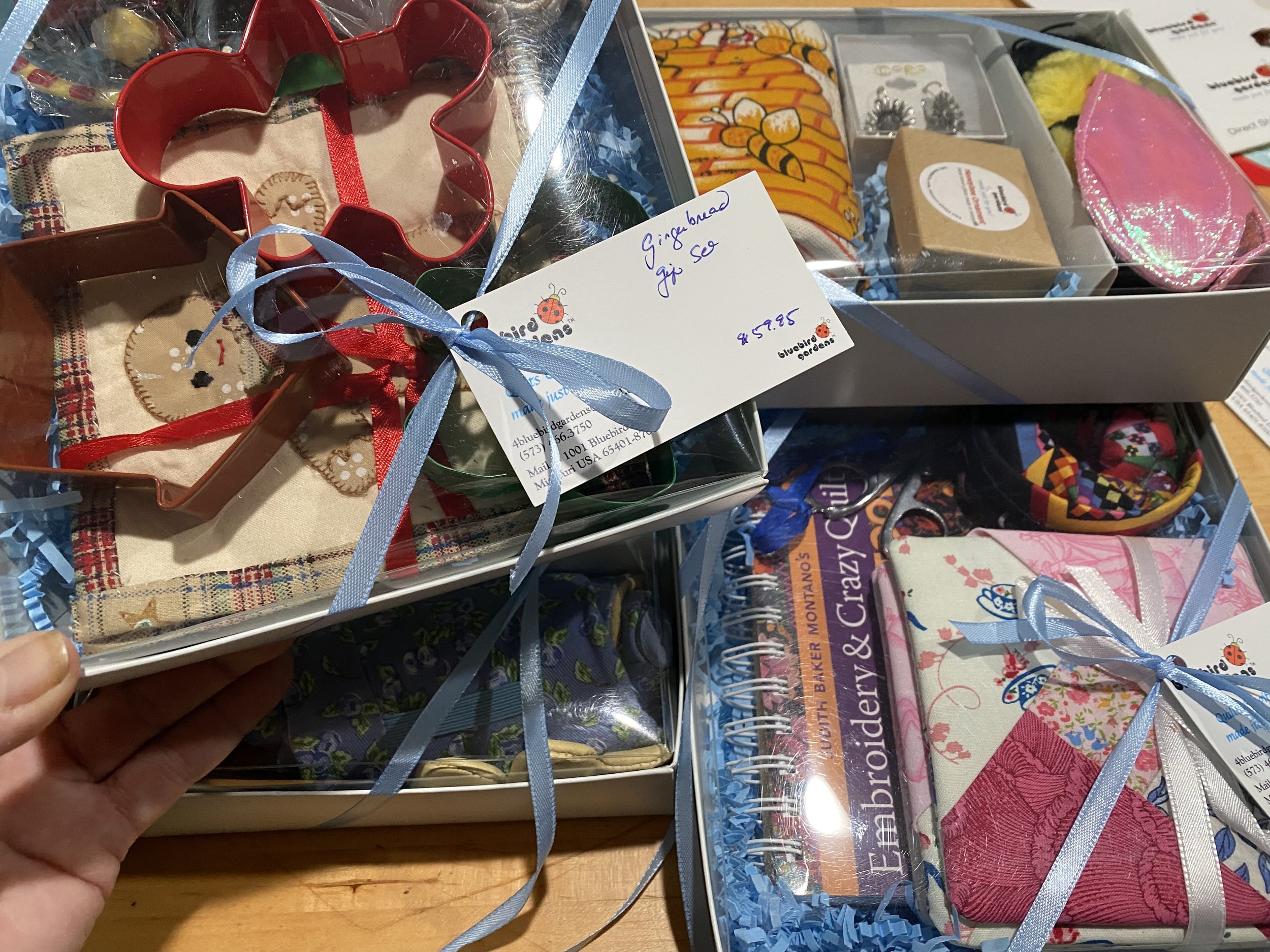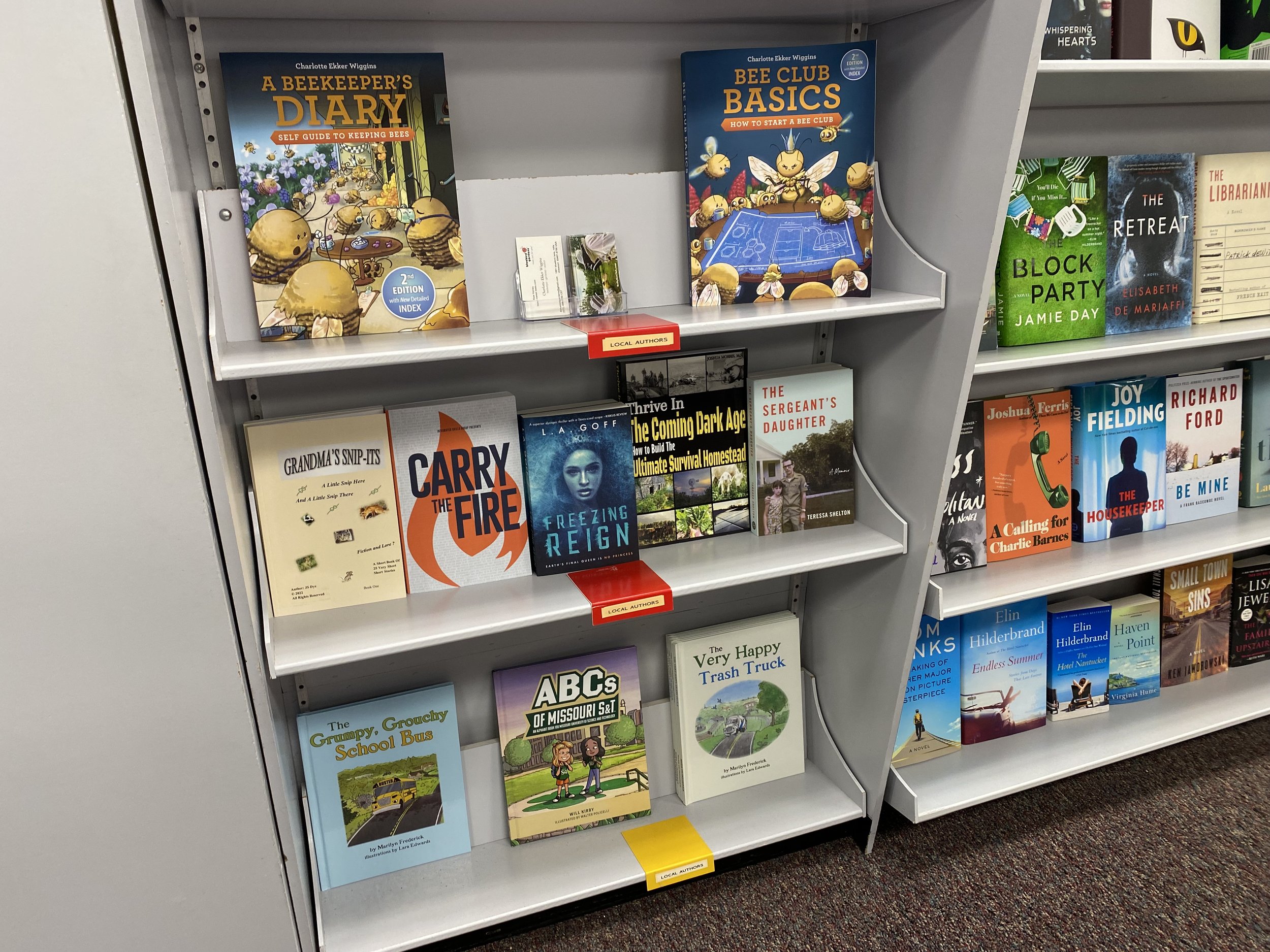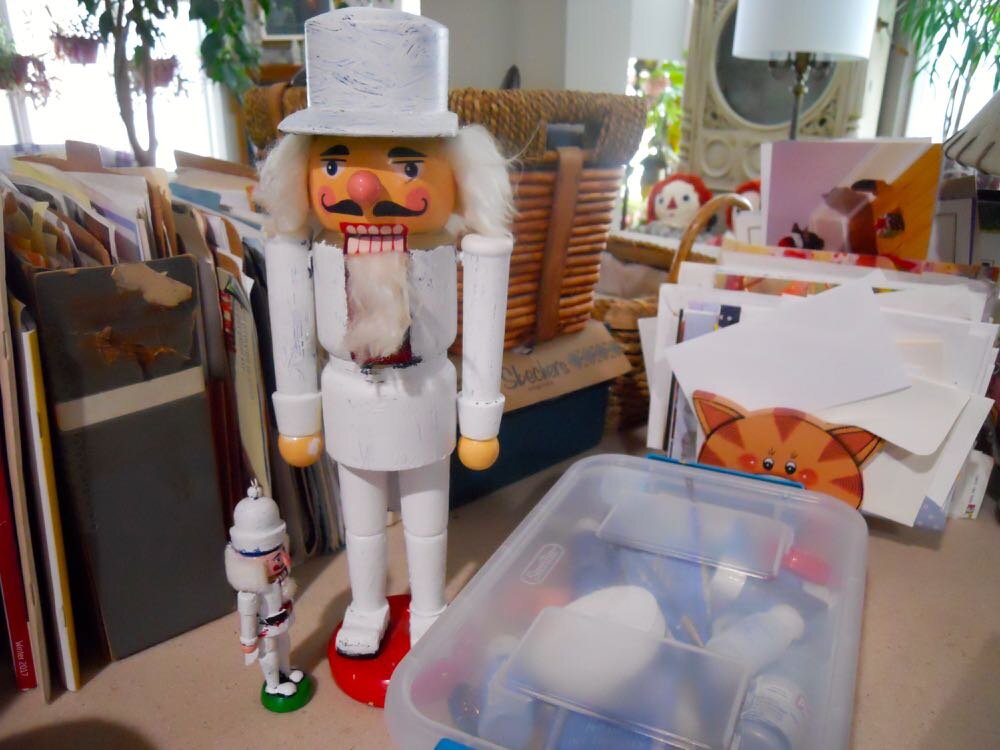Repurposed Snowman
/This cute snowman was quickly repurposed into a cat. (Photo by Charlotte Ekker Wiggins)
Repurposed Snowman
I was at one of my favorite thrift stores Saturday when a lady with a shopping cart full of home decor items said she really shouldn’t be buying more, she already had a lot of Christmas decorations at home. And she wished she could keep them up after the holidays were over.
Although the Christmas season is a lot about tradition, we all have items at home that hold memories and are hard to part with, whether it be the end of the holiday season or to clean house. Some that have fallen out of favor or lost their glow can be repurposed with a little thought, and a dab or two of paint. If you have kids helping, even better.
For example, tired-looking Christmas ornaments can get a new life with a little creativity and paint, as long as they are not family heirlooms.
Some Christmas decor can also get a second life and stay out long after the holidays are over. Some former colleagues have a whole snow theme that follows Christmas into spring, which is a nice way to celebrate the cold and ice of winter. I thought about some of their office snowman decorations when I found this little smiling snowman. His orange nose was worn off, which I knew I could easily fix. The knit cap made his transformation possible with the following:
Orange craft paint
White felt
Needle with white thread
Pink craft paint
Black magic marker
Elmer’s clear glue
Found this snowman for a quarter at a local thrift shop, had to add orange to his worn off nose. (Photo by Charlotte Ekker Wiggins)
I love whimsy. This snowman ringing a bell reminded me of the bells on the collars of my two cats. One cat, who gets into a lot of trouble, sounds like a herd of reindeer. He has earned all of those bells on his collar.
The other cat only has one bell on her collar and yes, she’s very well behaved. Or she’s good at getting out of the way and letting the other cat take the blame.
Their collar bell sounds are quite distinct so I know which one is coming by the sound they make. I decided to make this snowman into a snowcat so he could join my little collection of framed Christmas cat cards, then stay out after I put away the holiday items.
I started by adding white felt ears. The knit cap made the white felt ears easy to add with a few stitches.
After sewing the ears on, I dabbed each with pink paint.
Two white felt ears sewn to the cap with a dab of pink paint. (Photo by Charlotte Ekker Wiggins)
Next was a white felt tail, which was glued to the snowman’s back side. I wanted the tail to peek around the bottom so I had to trim the tail a couple of times to get the right length.
Another piece of white felt added a tail. (Photo by Charlotte Ekker Wiggins)
Finally, the whiskers, added with a black magic marker and a steady hand.
Snowmancat is now ready to keep me company after the holidays. (Photo by Charlotte Ekker Wiggins)
This little Christmas decor now greets me every morning. It keeps my framed cat cards company, reminding me that the bells getting rung are my real cats getting into trouble. After the holidays are over, I will keep this little whimsical figurine where he will continue to greet me through winter.
I could just as easily made this into a snowman dog with floppy ears and a skinny tail.
Two friends with cats have met my snowcat and now want me to transform one of their snowmen into a snowcat. I told them I would be glad to make the transformation as their Christmas present this year.
So take a look at worn holiday decor and see how you can easily refurbish and repurpose it. Not all of it can be changed but you may find some gems and enjoy them past this holiday season.
Well, except for keeping Christmas lights up all year. One of my brothers has the corner on why, he said he’s keeping the lights up for a UFO experiment.
Charlotte







